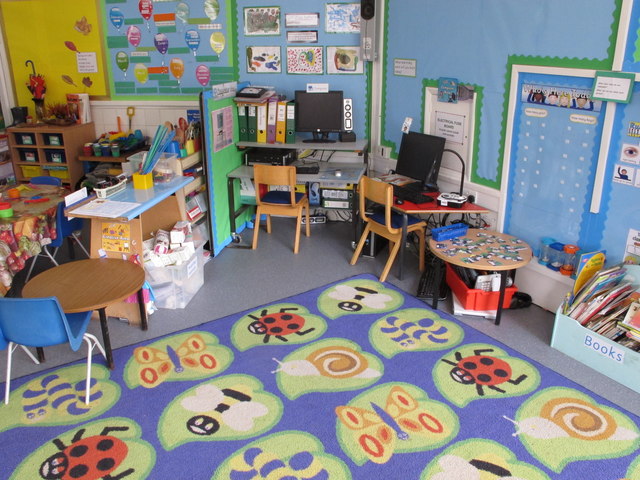I started this blog to voice some of the ideas I implement to get my classes motivated. Some have worked really well, others have hit a few stumbling blocks but will be reworked and retried next year.
1. Coloured Paper
This worked beautifully with all of the classes I tried it with. In short, the idea was – maths is easier if presented on coloured paper. It doesn’t matter what colour, just not white. I say it worked beautifully, that is until it stopped working so well! In fairness, what I should say is it works really well until it’s not novel anymore. So, towards the end of term, k would throw in a couple of ‘coloured paper’ lessons to get the kids back on track and that seemed to re-engage them.
2. Encouraging Competition
My tutor group started an in class competition to get a given number of conduct points by the end of term. They worked out that if they each got one point per day then 450 points would be a doddle in the last 5 school weeks. And it should have been. What I didn’t count on was that people get tired towards the end of term and continually recording conduct points begins to drop down the priority list. So while my kids knew they had been given the points, nothing was showing up on the system. Therefore, they stopped trying. To revamp this idea, I am going to produce a month by month bar graph of their points this year and we will see if they can beat their totals each month next year. I’m sure there will be no shortage of volunteers to colour in the bars as they get the points. We a also having a Tutor MVP board each week. I think that should encourage those who consistently get the points to realise that I do notice how they are getting on.
Hopefully, new inspiration will hit early in the new school year and I will add more musings.


